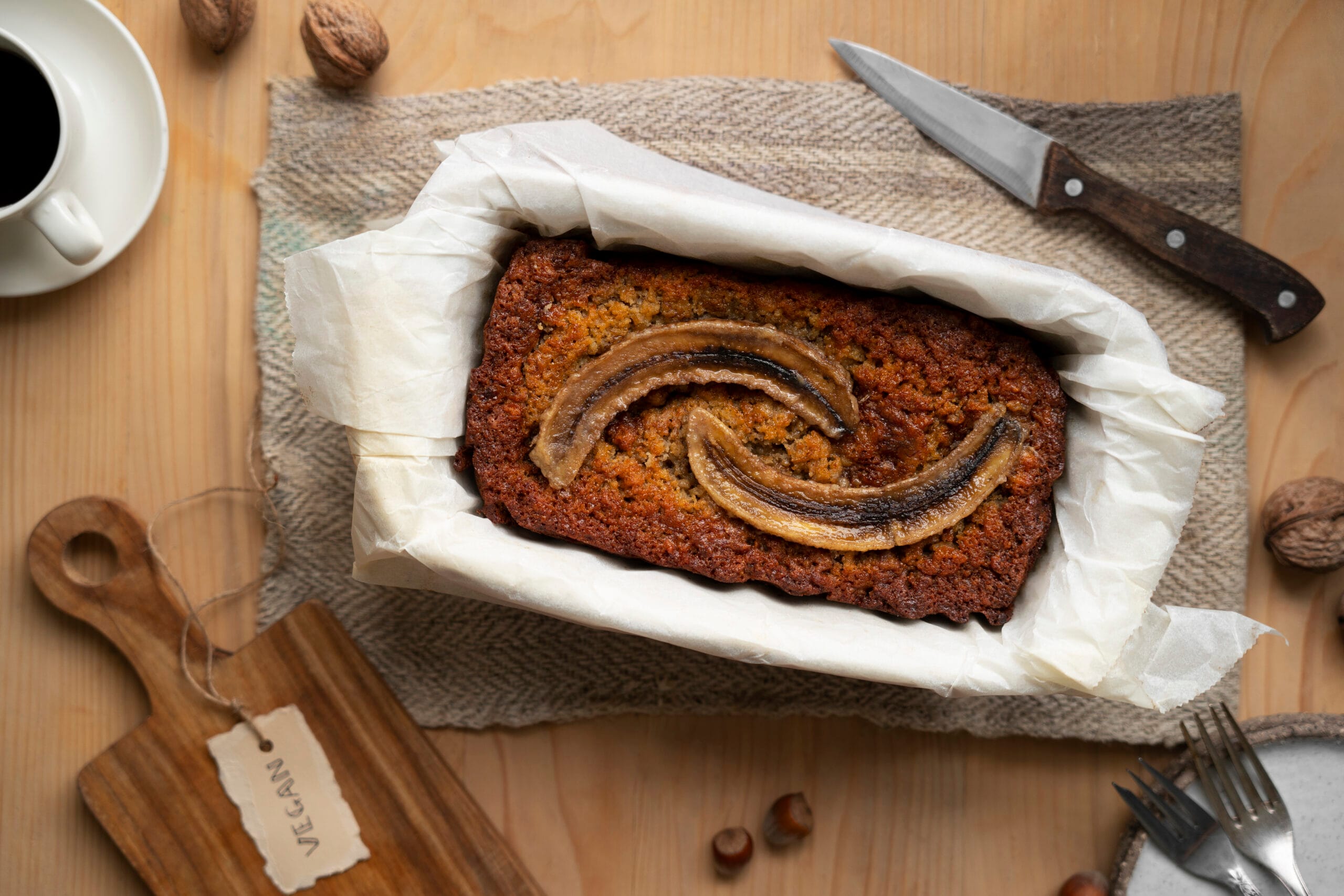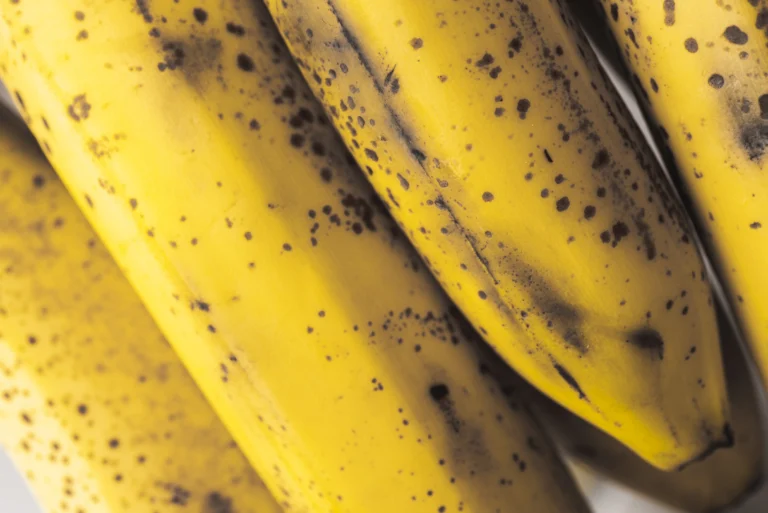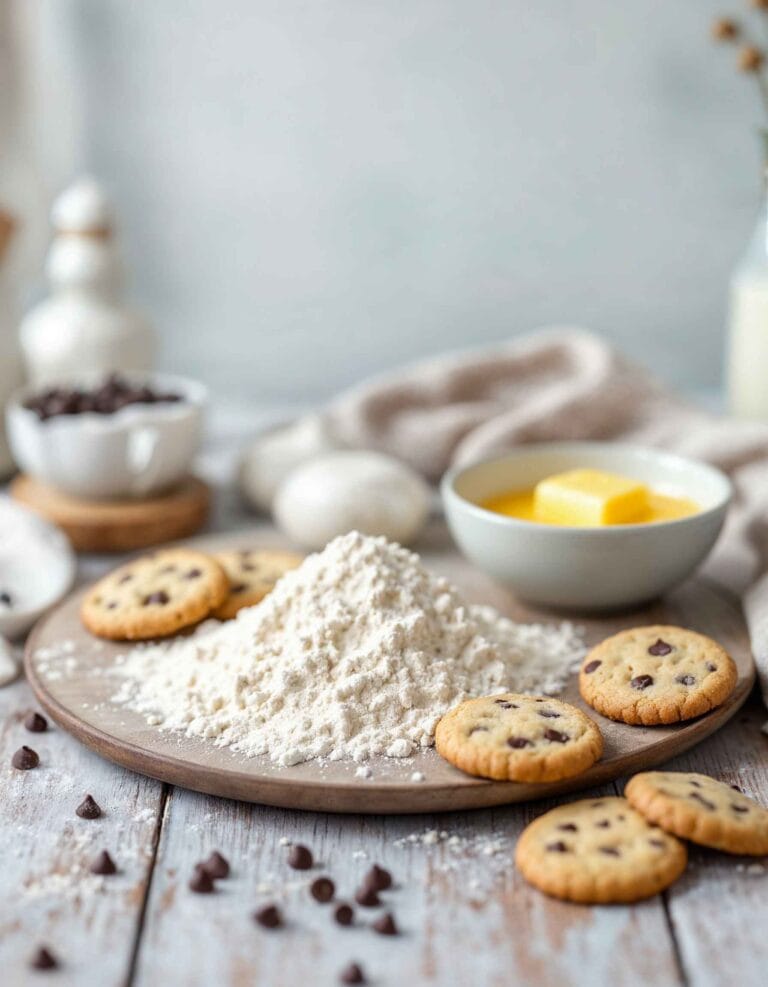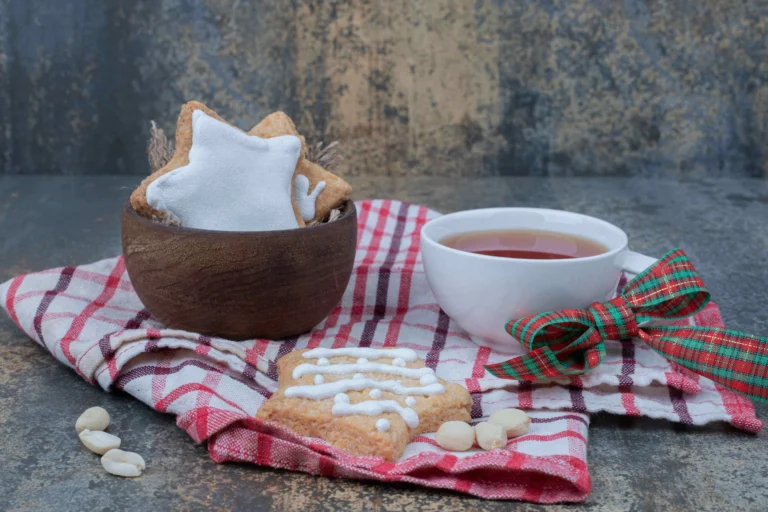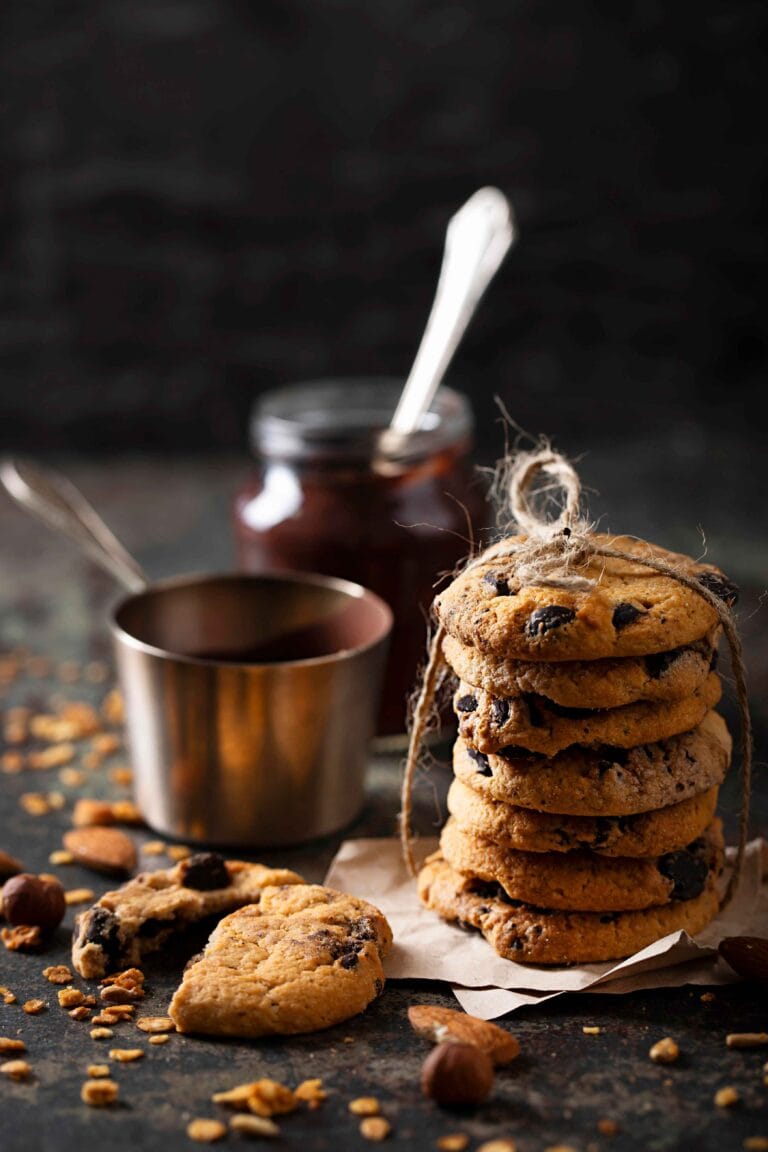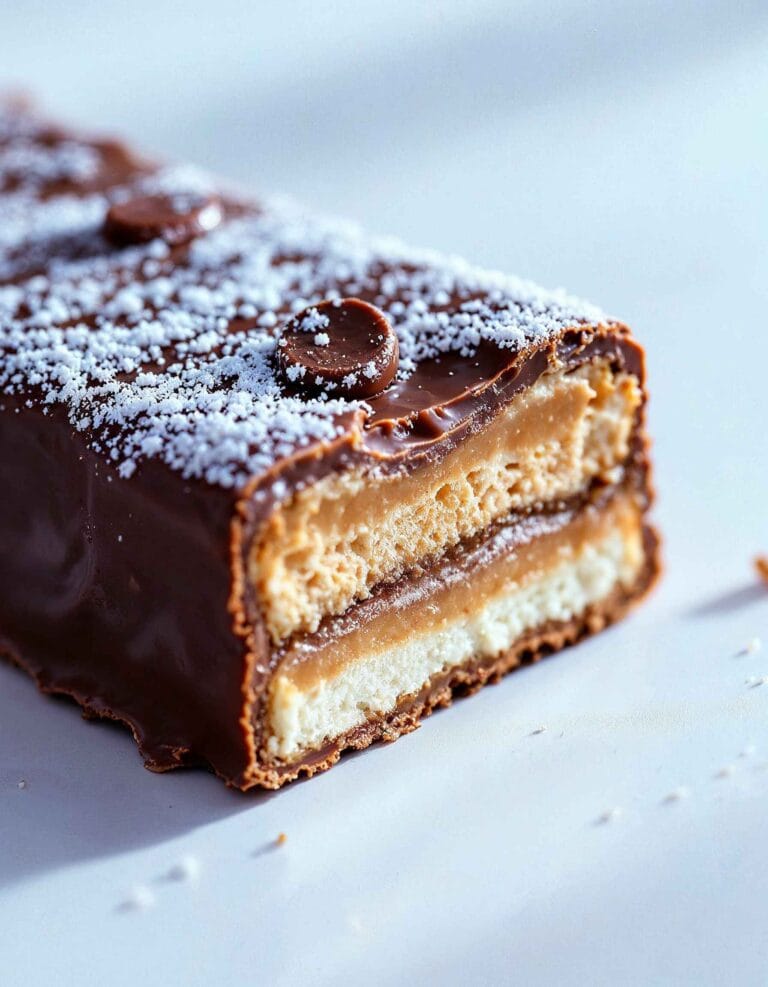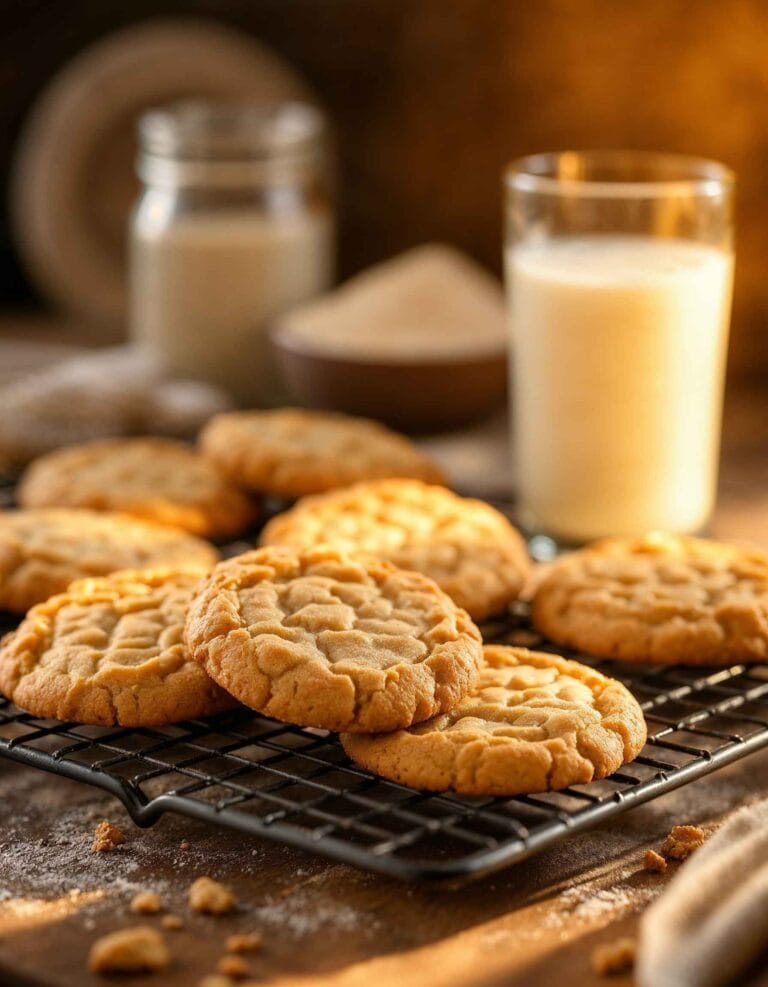Will Too Much Baking Soda Ruin Banana Bread
Banana bread is a beloved classic, but the question arises—will too much baking soda ruin banana bread? Understanding how baking soda works is key to mastering this recipe.
Banana bread is one of the most beloved baked goods, prized for its rich, moist texture and natural sweetness. However, even a simple recipe like banana bread can go wrong when ingredients aren’t measured carefully, particularly the leavening agents like baking soda. While baking soda is essential for helping banana bread rise and achieve its airy texture, too much of it can quickly ruin the flavor, texture, and appearance of your baked treat.
This article explores how baking soda works in banana bread, what happens when you add too much, and how to avoid or fix common baking soda mistakes. Whether you’re a seasoned baker or a beginner, understanding this key ingredient will ensure that your banana bread always turns out perfectly.
Ripeness plays a vital role in how baking soda reacts in banana bread. Learn how to pick the perfect bananas for your recipe
The Role of Baking Soda in Banana Bread
Why Baking Soda is Used in Baking
Baking soda, or sodium bicarbonate, is a common leavening agent in baking. It works by creating carbon dioxide gas when it reacts with acidic ingredients like buttermilk, yogurt, or mashed bananas. This reaction helps baked goods rise, creating a light and airy texture. In banana bread, where mashed bananas provide natural acidity, baking soda plays a critical role in giving the loaf its characteristic fluffiness.
Without baking soda, banana bread would lack the height and tender crumb that make it so appealing. However, it’s important to strike the right balance. Too little baking soda may result in a dense loaf, while too much can introduce undesirable flavors and textures.
How Baking Soda Affects Banana Bread Texture and Flavor
The amount of baking soda directly impacts the texture, flavor, and appearance of banana bread. When used correctly, baking soda helps produce a tender, moist bread with a golden-brown crust. However, excessive amounts can lead to significant problems:
- Texture Impact: Over-leavening causes the bread to rise too quickly and then collapse, resulting in a dense or gummy texture.
- Flavor Issues: Baking soda has a naturally bitter taste. Using too much can leave your banana bread with an unpleasant bitter or metallic aftertaste.
- Appearance Problems: Overuse can cause the crust to darken excessively, giving it a burnt or uneven look.
Proper measurement is essential to ensure that baking soda enhances rather than detracts from the final product.
If you’re not careful with measurements, too much baking soda can ruin banana bread by overpowering its flavor and disrupting its texture.
Signs of Too Much Baking Soda in Banana Bread
Appearance Changes: Over-Browning and Cracking
One of the most noticeable effects of too much baking soda is a drastic change in the bread’s appearance. Banana bread with an excess of baking soda often turns overly dark or develops a cracked, uneven top. This happens because the alkaline nature of baking soda speeds up the Maillard reaction, a chemical process that browns the surface of the bread.
While some browning is desirable, excessive browning may make the bread appear burnt, even if it’s not overbaked. Additionally, too much baking soda can lead to uneven rising, causing large cracks on the surface, which makes the loaf less visually appealing.
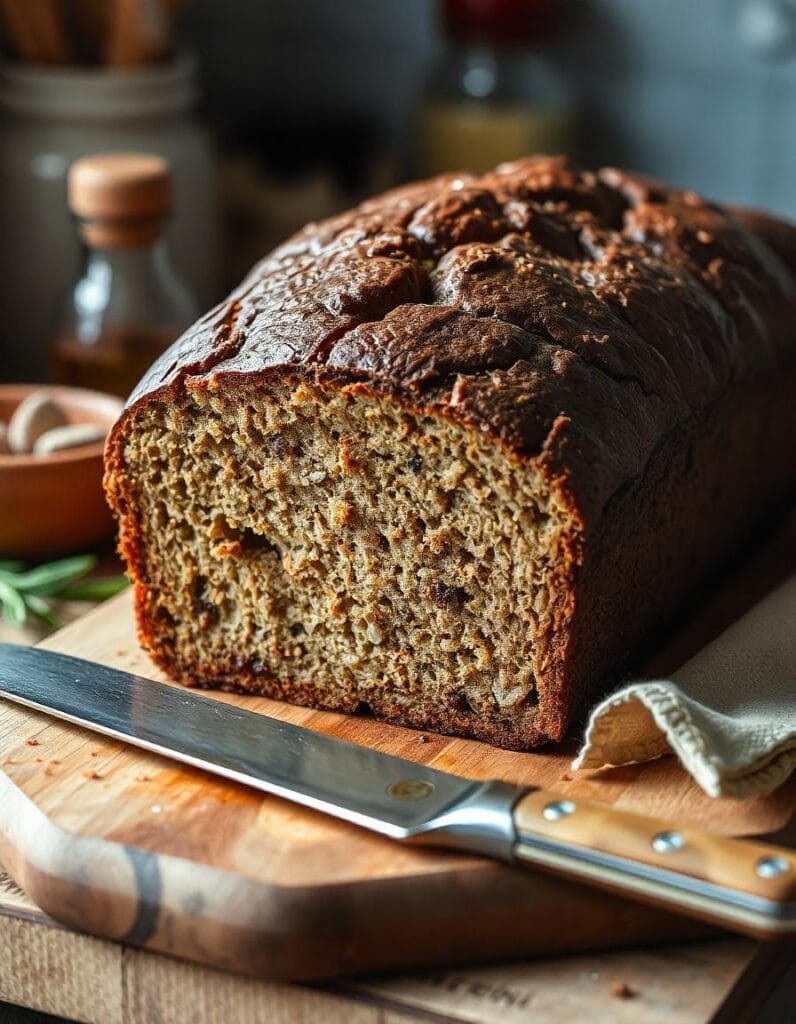
Taste Issues: Bitter or Soapy Flavor
The flavor is where too much baking soda can do the most harm. Baking soda is naturally bitter, and when it isn’t fully neutralized by acidic ingredients, it leaves a distinct soapy or metallic taste. This unpleasant flavor can overpower the natural sweetness of the bananas and other ingredients, making the bread unappetizing.
The more baking soda you add, the harder it is for the acidic components to balance the flavor. As a result, the excess bicarbonate lingers, disrupting the overall taste profile.
Texture Problems: Overly Dense or Gummy Bread
Baking soda impacts the structure of banana bread by releasing gas bubbles that help the batter expand. However, too much baking soda can cause the bread to rise too quickly and then collapse as it cools. This results in a dense or gummy interior, particularly in the center of the loaf.
In some cases, the bread may also develop large air pockets or uneven holes throughout, further compromising its texture. A gummy or chewy banana bread is a clear sign that the balance of leavening agents in the recipe is off.
Scientific Explanation of Baking Soda in Baking
How Baking Soda Reacts Chemically
Baking soda (sodium bicarbonate) is an alkaline compound that requires an acidic counterpart to activate its leavening properties. When combined with an acid, such as the natural acidity in bananas or buttermilk, a chemical reaction occurs. This reaction produces carbon dioxide gas, which gets trapped in the batter, causing it to expand and rise during baking.
The key to using baking soda effectively is maintaining the right balance between acidity and alkalinity. If too much baking soda is added, there may not be enough acid in the batter to fully neutralize it. This leaves behind unreacted sodium bicarbonate, which contributes to a bitter taste and alters the texture of the banana bread.
In summary, baking soda is not just a leavening agent but also a chemical catalyst that directly affects the flavor, color, and texture of your baked goods. Miscalculating its amount can upset the entire balance of the recipe.
Ideal Ratios for Banana Bread
Using the correct ratio of baking soda is crucial to achieving the perfect banana bread. As a general rule of thumb:
- For every cup of flour in the recipe, 1/4 to 1/2 teaspoon of baking soda is sufficient.
- The ratio may vary slightly depending on the acidity level of the other ingredients. For example, recipes using more acidic ingredients like yogurt or buttermilk may require slightly more baking soda to achieve optimal leavening.
Exceeding these ratios increases the risk of over-leavening, leading to the problems discussed earlier, such as a dense texture, unpleasant flavor, and over-browned appearance. Sticking to recommended amounts ensures that the baking soda does its job without dominating the recipe.
How to Fix Banana Bread with Too Much Baking Soda
Immediate Fixes Before Baking
If you realize you’ve added too much baking soda before the bread goes into the oven, you can often salvage the situation with a few adjustments:
- Increase Acidic Ingredients: Add more acidic components like mashed bananas, buttermilk, or a teaspoon of vinegar to neutralize the excess baking soda. Be cautious not to overdo it, as too much acidity can affect the bread’s flavor.
- Add Dry Ingredients: To restore balance, incorporate additional flour or other dry ingredients. This not only helps dilute the baking soda but also ensures the batter maintains the right consistency.
- Recheck Measurements: If you accidentally doubled the baking soda, ensure all other ingredients, especially the acidic ones, are also doubled to maintain the proper ratio.
Salvaging Over-Baked Mistakes
If the bread is already baked and you discover it tastes bitter or has a gummy texture, there are still ways to make use of it:
- Mask the Flavor: Pair the banana bread with sweet toppings like honey, whipped cream, or Nutella to counteract the bitterness.
- Use It as a Base: Turn the bread into a base for desserts like bread pudding or trifle. The additional flavors and textures in these recipes can help disguise any imperfections.
- Toast and Butter: Slightly toasting slices and adding a spread of butter or cream cheese can help mellow the off-putting taste.
Repurposing Ruined Banana Bread
If the bread is beyond salvageable as-is, consider these creative uses:
- Croutons or Breadcrumbs: Cube the bread, toast it, and use it as croutons in a salad or soup. Alternatively, process it into breadcrumbs for a unique twist in recipes like meatloaf or coating for fried foods.
- Smoothie Add-In: Blend small chunks of the bread into a smoothie to add texture and flavor. The banana flavor will complement many fruit combinations.
- Bake Again: Dry the bread in the oven to make banana-flavored rusks or biscotti for a crunchy snack.
Learning how to manage mistakes with baking soda can help you save your loaf—or at least make the best of the situation.
Looking for a foolproof recipe that gets the balance just right? This super moist banana bread recipe shows how it’s done.
Tips for Using the Right Amount of Baking Soda
Measuring Baking Soda Correctly
Accurate measurement is key to ensuring the perfect balance of flavors and texture in banana bread. Follow these tips to measure baking soda precisely:
- Use the Correct Tools: Always use a measuring spoon rather than estimating by eye. Baking is a science, and even small discrepancies can impact the outcome.
- Level It Off: Scoop the baking soda with a spoon and level it off with a knife to ensure an exact amount. Avoid packing it tightly, as this can lead to over-measuring.
- Check Freshness: Old or expired baking soda may not react properly, leading to uneven results. Replace it every six months for best results.
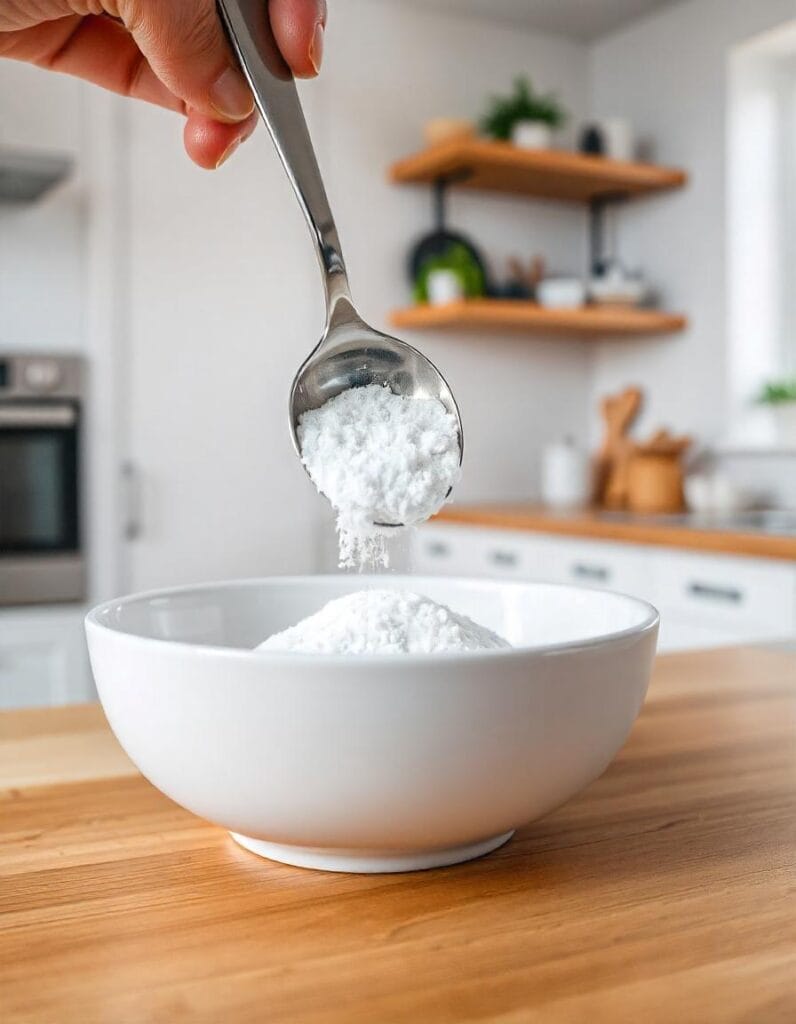
Alternatives to Baking Soda
If you’re out of baking soda or prefer not to use it, consider these alternatives:
- Baking Powder: Unlike baking soda, baking powder contains both an acid and a base, making it a complete leavening agent. Substitute 2 teaspoons of baking powder for every 1 teaspoon of baking soda.
- Self-Rising Flour: This flour already includes a leavening agent, so you can skip the baking soda altogether if your recipe uses this ingredient.
- Club Soda: For a more unconventional approach, the carbonation in club soda can provide some leavening, though it may require recipe adjustments for consistency.
Other Helpful Tips
- Follow Recipes Closely: Avoid improvising with leavening agents unless you’re confident in the chemistry behind the changes.
- Mix Ingredients Thoroughly: Ensure baking soda is evenly distributed throughout the batter to avoid pockets of bitterness. Sift it with flour before adding to wet ingredients for best results.
- Monitor Baking Conditions: Oven temperature and baking time also affect the final outcome. Use an oven thermometer to ensure your temperature settings are accurate.
FAQs
What Happens if I Add Too Much Baking Soda to Banana Bread?
Adding too much baking soda to banana bread can cause several issues. The bread may over-rise and collapse, leading to a dense, gummy texture. It can also turn overly dark or develop a cracked surface due to excessive browning. Most noticeably, it will have an unpleasant bitter or soapy taste, as the excess baking soda won’t be fully neutralized by the recipe’s acidic ingredients.
How to Fix Bread with Too Much Baking Soda?
If your banana bread is already baked and has an off-putting taste or texture, you can try these fixes:
- Mask the Flavor: Serve the bread with sweet spreads like honey or Nutella.
- Repurpose the Bread: Use it for recipes like bread pudding or smoothies.
- Toast It: Slightly toasting the slices can reduce the bitter aftertaste.
If the bread hasn’t been baked yet, balance the batter by adding more acidic ingredients or increasing the dry ingredients to dilute the baking soda.
What Happens if You Put Too Much Baking Soda in Baking?
Excess baking soda disrupts the chemical balance of your recipe, leading to:
- Over-Browning: The bread will brown too quickly, potentially appearing burnt.
- Flavor Issues: A bitter or soapy aftertaste.
- Structural Problems: The batter may rise too fast and collapse, resulting in dense or uneven textures.
Understanding the correct ratios of baking soda to acidic ingredients is key to preventing these problems.
Why Is My Banana Bread So Mushy in the Middle?
Mushy banana bread often results from underbaking or improper ratios of ingredients. Factors that contribute include:
- Too Much Liquid: Overly ripe bananas or excess wet ingredients.
- Insufficient Baking Time: Ensure the bread is fully baked by checking with a toothpick inserted into the center—it should come out clean.
- Over-Leavening: Too much baking soda can cause the bread to collapse in the center, leaving it undercooked.
To avoid this, stick to the recommended measurements and baking time, and use a reliable oven thermometer to confirm the correct temperature.
Adding too many bananas can upset the delicate balance of ingredients, making adjustments to baking soda crucial. Learn more about managing banana quantities.
Conclusion
Baking soda is a powerful ingredient that plays a pivotal role in banana bread, but too much of it can ruin even the best recipes. By understanding how it works, measuring it accurately, and knowing how to fix common mistakes, you can ensure your banana bread always turns out perfectly. Remember, baking is a balance of art and science, and small adjustments can make a big difference.
For a complete walkthrough of banana bread perfection, check out Simply Recipes Banana Bread: A Complete Guide.

